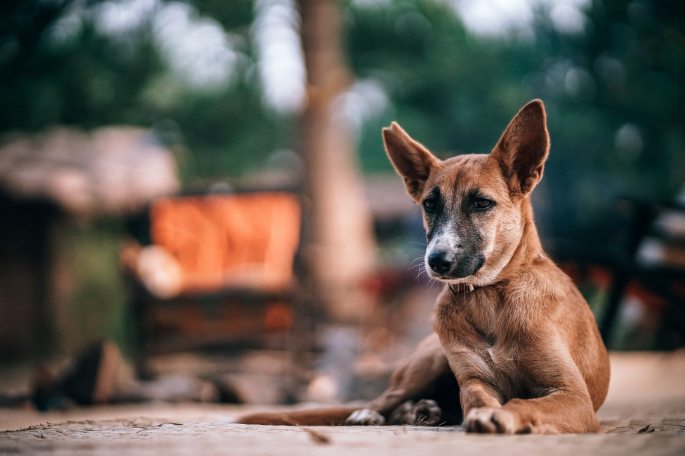 Dogs represent protection and loyalty. It is widely believed that rescuing a dog and welcoming them into your home will bring you good luck and good fortune. Check out the luck dogs bring to four different cultures.
Dogs represent protection and loyalty. It is widely believed that rescuing a dog and welcoming them into your home will bring you good luck and good fortune. Check out the luck dogs bring to four different cultures.
Egypt
Anubis is an Egyptian god with the head of a jackal (of canine ilk), Anubis dons the super-powerful sensory perception of the dog to ensure, safe passage from “life” to Afterlife. In this ancient light, we get distinct impressions of Security, Guardianship, Protection.
Ireland
In Celtic symbolism, dogs are a representation of heroism. This is due to the Celtic dog’s role in hunting and assisting in battle. They embody Courage, Persistence, Virility. Celtic dogs are also a symbol of healing. They are often associated with Nodens, the Celtic god of nutritive waters, hunting, and healing, and Succellus, the Celtic god of protection and provision.
Native American Indian
Tribes have long depended upon the dog for their helpful guidance and assistance in everyday chores. Dogs were trained to help the tribe in agricultural efficiency as well as hunting. In Native American wisdom, dogs convey symbolism of Assistance, Fidelity, Community, Protection, Friendship, and Communication.
China
Fu dogs, which are really lions, are statues that are usually placed outside the home for It is believed that they are called dogs because they closely resemble a Chow Chow. Fu dogs are displayed in pairs, one male and one female. This is to keep balance; the Yin and Yang. The female and male complement each other.
If you find yourself with a stroke of good fortune, make sure to thank your dog!


 Have you ever tried to take a photo of your pet only to find your phone album full of images that are too close up or blurry? If so, these 6 tips will help you capture the perfect shot.
Have you ever tried to take a photo of your pet only to find your phone album full of images that are too close up or blurry? If so, these 6 tips will help you capture the perfect shot. The holiday season means holiday decorations! If you have a pet at home, follow these 5 tips when decorating for a safe and happy holiday season.
The holiday season means holiday decorations! If you have a pet at home, follow these 5 tips when decorating for a safe and happy holiday season.

